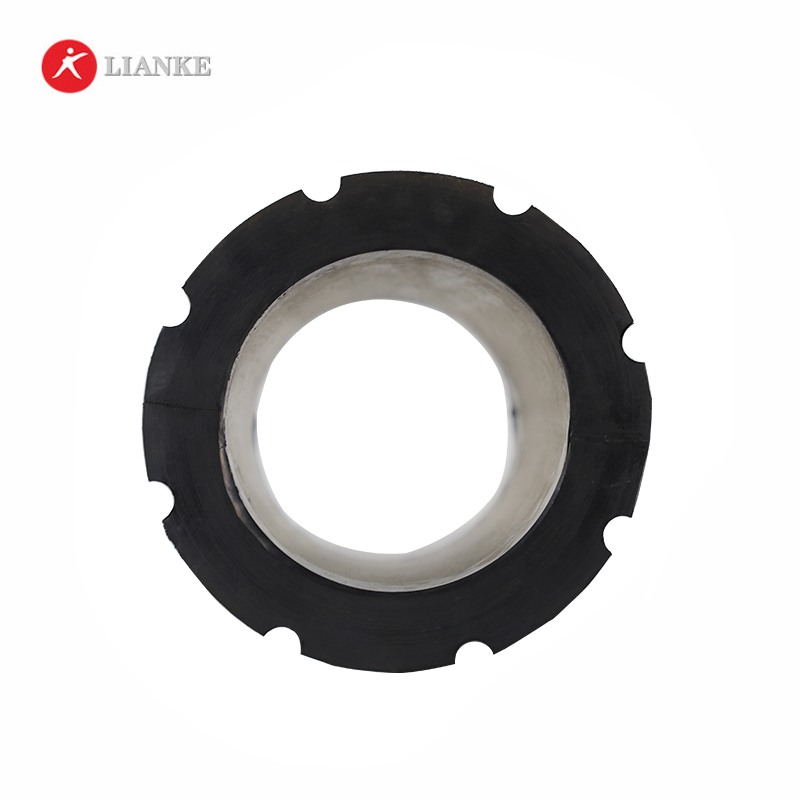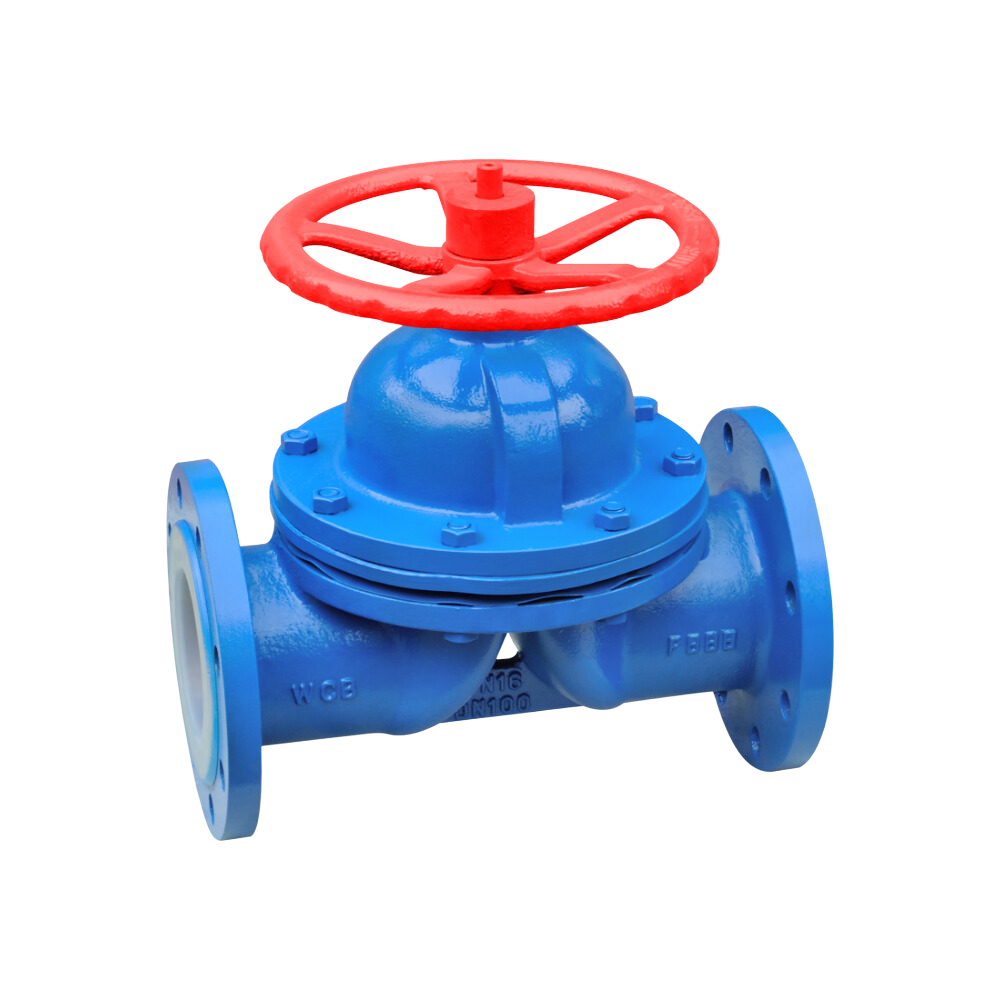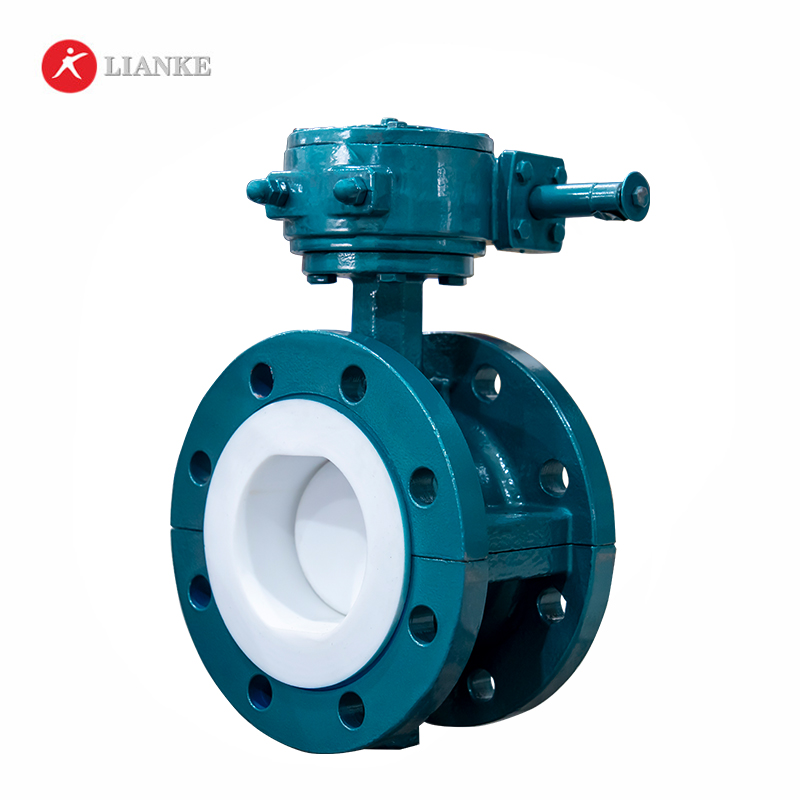

Viton and EPDM differ in their temperature range, chemical resistance, and flexibility.
In industrial applications, manufacturers often use Viton to handle fuel, oil, and high-temperature environments.
In water-based systems, EPDM makes for a better seal due to its resistance to steam and weather conditions.
Let’s take a closer look at how they compare.

| Property | Viton | EPDM |
| Temperature Range | -20°C to 210°C (-4°F to 410°F) | -45°C to 145°C (-49°F to 293°F) |
| Chemical Compatibility | Works well with oils, fuels, lubricants, and most acids | Handles water, steam, and mild chemicals but does not resist oil |
| Durability | Strong, dense, and holds up under pressure | Flexible and tear-resistant but not as tough as Viton |
| Cost | Costs more | More affordable |
Neither is universally better—it depends on the application and conditions.
For fuel, chemicals, and extreme heat, Viton is the superior choice.
For water, steam, and cold environments, EPDM performs better at a lower cost.
Viton is best for applications requiring high-temperature resistance and exposure to oils and aggressive chemicals.
It is commonly used in fuel systems, aerospace, automotive, and industrial valves handling harsh fluids.
Viton is not ideal for water-based applications, as it does not hold up well in steam or hot water environments.
It also becomes stiff and loses flexibility in cold conditions below -20°C (-4°F).
Viton is expensive and may not be necessary for applications that do not require oil or chemical resistance.
It also lacks flexibility in freezing temperatures and is not suited for water-heavy systems.
Viton resists a wide range of aggressive chemicals, including oils, fuels, and acids.
However, it does not work well with steam, water, or glycol-based fluids.
EPDM is widely used in water treatment, irrigation, and steam applications due to its resistance to water and aging.
It is also common in outdoor seals, roofing materials, and automotive weatherproofing.
While Viton and EPDM are popular choices, other seal materials are available for different applications.
Viton and EPDM seals are used in different types of valves based on material compatibility and performance needs.
Ball valves, which control flow by rotating a ball inside the valve body, often use Viton seals in oil, fuel, and chemical applications.
Diaphragm valves, which use a flexible membrane to regulate flow, typically rely on EPDM for water and steam applications.
Globe valves, designed for precise flow control, often incorporate Viton for high-pressure fuel systems and EPDM for steam-based operations.
At the end of the day, choosing the right seal comes down to what works best for your system.
Viton is built for fuel, oil, and high heat, while EPDM handles water, steam, and the outdoors.
Other options, like PTFE and NBR, fill specific needs where flexibility and durability matter most.
If you’re unsure which material fits your project, talk to a supplier or manufacturer to get the best match for your needs.

🚀 Lianke Valves Secures Major Export Order for 1,685 Units of Pinch and Lined Valves Our international business continues to thrive as we have recently signed a significant export order involving 1,685 units of pinch valves and fluorine-lined valves.This successful deal is not only a testament to the long-term trust between both parties, but also […]

What is A Diaphragm Valve? A diaphragm valve is a type of valve that uses a flexible diaphragm to control the flow of fluids. This valve is part of the linear motion family, which means the moving parts go in a straight line—not in circles like ball or butterfly valves. The elastomeric diaphragm in diaphragm […]

Your valve is leaking because something has gone wrong with its sealing system. Maybe the seals are worn out after years of service. Perhaps debris is stuck between critical surfaces. Or it could be that improper installation created misalignment from the beginning. These common problems prevent the valve from achieving perfect closure when you need […]

Valve Flow Coefficient (Cv) is a measure of a valve’s capacity to allow liquid or gas to flow through it. It’s technically defined as “the volume of water at 60°F (in US gallons) that will flow through a valve per minute with a pressure drop of 1 psi across the valve.” You calculate Cv by […]



